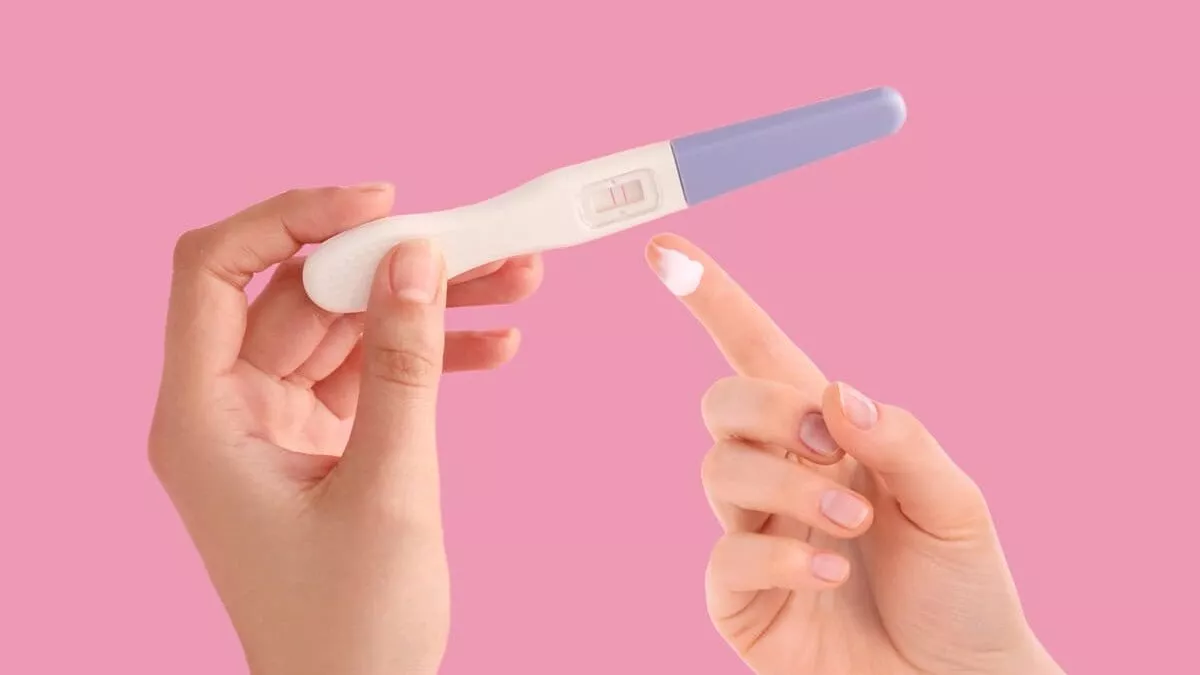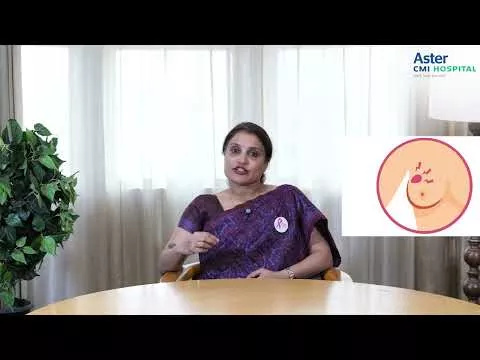It is important to know that the risk of developing kidney disease in women is as high as in men and may be higher. However the number of women in dialysis is lower than the number of men. The reason is probably because progression of renal disease is slower in women. Socioeconomic barriers lead to late or no start of dialysis among women. Uneven access to care is a major issue in many countries. Seeking timely consultation from experienced nephrologists in Kochi Kerala can help identify and manage such conditions early, improving outcomes for women at risk.
One major factor accounting for the rapidly growing incidence of CKD in India is the rapid increase in the population of diabetics. 70 million people, and half of them women in a population of 1.21 billion have diabetes. A combination of unhealthy dietary factors, sedentary lifestyle, obesity and genetic predisposition puts Indians at a unique risk of developing diabetes. Reduced physical activity and obesity accelerates the onset of diabetes in genetically predisposed individuals.
Obesity is one of the major risk factor for diabetes. Despite having lower BMI, India has a higher prevalence of diabetes compared to western countries suggesting that diabetes may occur at a much lower body mass index in Indians as compared to the western population. Also lean Indian adults may be at an equal risk as those who are obese. There is also an upsurge in the early onset diabetes in Indians. This is also responsible for the development of various diabetic complications, especially renal disease.
Early screening and detection of prediabetes especially in pregnant women, children and adults with BMI more than 25 may yield positive health outcomes in the society. Diabetes control in India is far from ideal with a mean HbA1c of 9.0% at least 2 % higher than other populations. Also half of the people with diabetes remain undetected accounting for complications at the time of diagnosis. Disturbingly in recent times an acceleration of diabetes incidence in rural areas have been noted which probably represents the adoption of unhealthy lifestyle in rural population. Widespread absence of proper monitoring and treatment facilities in rural India is only going to increase the incidence of early complication like CKD.
Early identification and prevention are the two factors most important in reducing the morbidity associated with renal diseases. The warning signs include frothing of urine which implies the presence of protein loss through the urine, swelling of the legs implying fluid accumulation in the body and rise in blood pressures. These signs should be picked up early and investigated as early as possible. As the most important cause of renal disease in women is diabetes, early identification of diabetes is of utmost importance. If there is a family history of diabetes present six monthly checking of blood sugars is warranted, in the absence of risk factors and family history a yearly check up would suffice. For patients showing early symptoms or those with a family history, visiting a reputed nephrology hospital in Kochi Kerala ensures access to advanced diagnostic and treatment facilities.
As Benjamin Franklin quoted “An ounce of prevention is worth a pound of cure”. This saying holds true even in the case of renal diseases. Preventive measures that can be adopted by women starts with maintaining an active and healthy lifestyle. Women usually have a misconception that household chores are a substitute to exercise. They should at least walk briskly for 45 minutes a day for at least 5 days a week. The absence of a fitness culture and worsening conservative attitudes and a Patriarchal society is taking a terrible toll on the health of our women.This is reflected in the rising incidence of teenage obesity among girls which is of great concern which needs immediate attention. It is mainly due to sedentary lifestyle and junk food consumption which needs to be kept in check. Women’s health care must be given adequate emphasis in the budget and their health should be maintained with all the available resources in order to build a better future. Notwithstanding a significant rise in allocation to the health sector in the 2017-18 budget over the previous year, the Union government’ spending on health and family welfare amounted to merely 0.3% of GDP (gross domestic product), budget data shows. Even after including states, the overall government expenditure on health remains extraordinarily low.The poor provision of healthcare and low insurance cover leads to very high out-of-pocket expenditure on health, impoverishing a large number of households. The growing recognition of India’s healthcare crisis has led to growing calls for increased public funding of healthcare. A Nation that does not take care of the Physical, Psychological and emotional well being of its women cannot be included in the comity of civilized nations.





